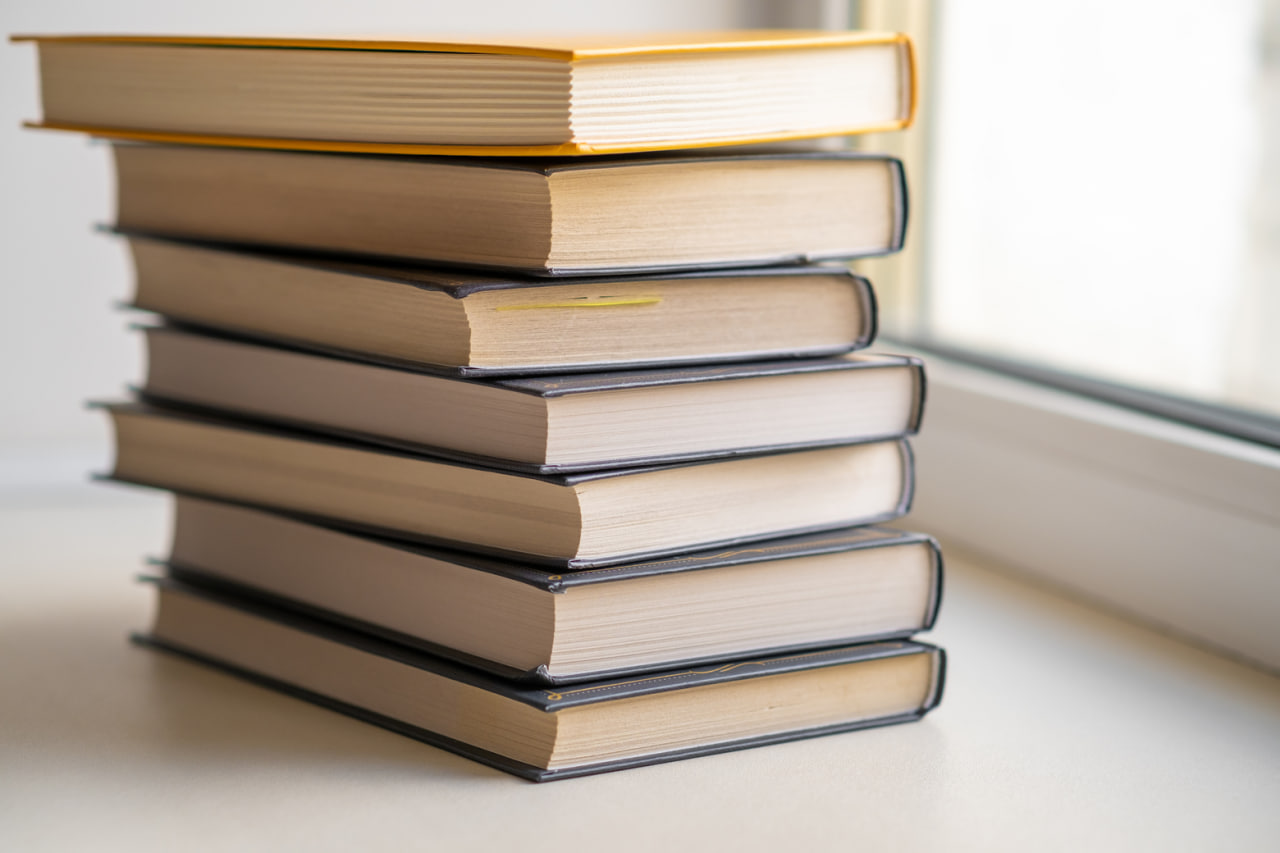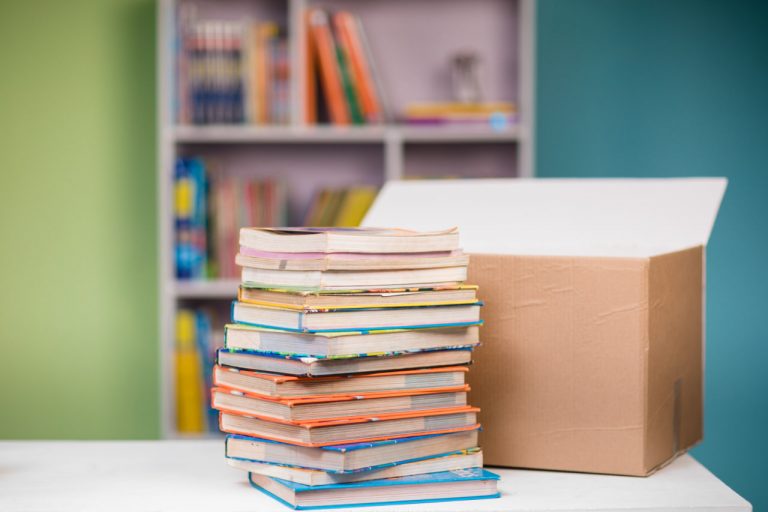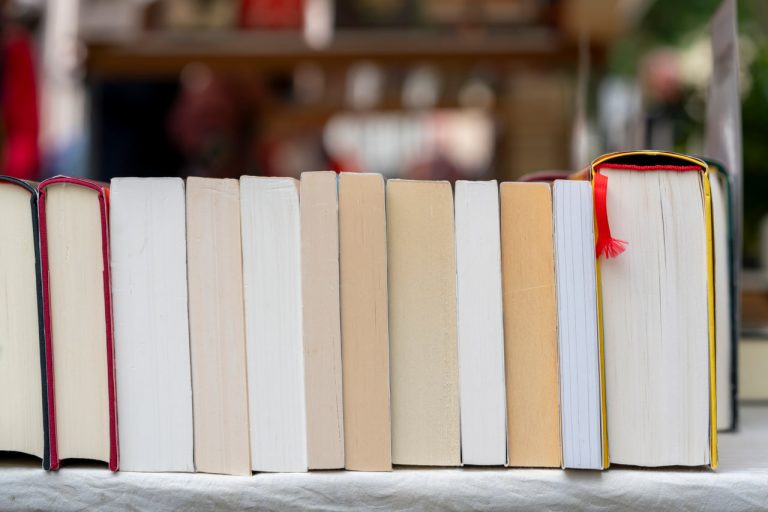Tools of the Trade: Essential Equipment for Book Restorers
Book restoration is a meticulous craft that requires a combination of skill, knowledge, and the right tools. Each tool plays a specific role in the delicate process of preserving and repairing books, ensuring they remain intact and accessible for future generations. Whether you are a professional conservator or a passionate hobbyist, understanding the essential equipment used in book restoration is crucial to achieving high-quality results. In this blog, we will explore the key tools of the trade and how they contribute to the art of book restoration.
Cutting and Trimming Tools
Precision cutting is fundamental in book restoration, especially when dealing with damaged pages, replacement materials, or binding components. Sharp knives and scalpels are used to make clean, controlled cuts without tearing fragile paper.
Bookbinders often use specialized knives such as the X-Acto knife or a Japanese utility knife for fine detail work. Additionally, bone folders—a smooth, flat tool made from bone or plastic—are essential for creasing and folding paper and leather without causing damage.
Adhesives and Application Tools
Choosing the right adhesive is vital in book restoration to ensure durability while preserving the book’s original materials. Wheat starch paste is a traditional adhesive favored for its archival quality and reversibility, meaning it can be removed without harming the paper.
Other adhesives include methylcellulose and PVA (polyvinyl acetate) glue, each with specific applications depending on the type of restoration. Application tools such as brushes, syringes, or small spatulas allow restorers to apply adhesives precisely and evenly.
Cleaning Tools
Removing dirt, dust, and stains from delicate books requires gentle yet effective tools. Soft brushes, such as goat-hair or camel-hair brushes, are used to sweep away loose dirt and dust from pages and covers.
Specialized dry cleaning sponges, often made from vulcanized rubber or chemical-free materials, help lift grime without the use of liquids. In some cases, conservators use erasers designed specifically for paper, such as kneaded or vinyl erasers, to clean smudges carefully.
Sewing and Binding Tools
Bookbinding and sewing are central to the restoration process, especially when repairing or replacing spines and securing loose pages. Bookbinders use a variety of needles, such as curved upholstery needles, and strong threads made of linen or polyester to resew signatures (sections of pages).
Awls and sewing frames help create even holes for stitching and keep pages aligned during binding. Bone folders are also used in this phase to press and smooth the folds and glued areas.
Presses and Clamps
To ensure repaired books dry flat and maintain their shape, restorers use book presses and clamps. A book press applies even pressure to glued or sewn sections, preventing warping and allowing adhesives to set properly.
Clamps of various sizes hold book covers or pages firmly together during repair work. These tools are essential for achieving clean, professional results and maintaining the book’s structural integrity.
Measuring and Marking Tools
Accuracy is key in book restoration, so measuring and marking tools are indispensable. Rulers, calipers, and T-squares ensure precise cuts and alignments, while pencils with soft, non-toxic leads are used for gentle markings that can be easily removed later.
Templates and guides also assist in replicating original design elements or ensuring consistency in repairs.
Specialized Materials and Supplies
In addition to tools, certain materials are essential for book restoration. Japanese tissue paper is commonly used for repairing tears due to its strength and thinness. Archival-quality cloth, leather, and bookbinding boards are chosen to replace or reinforce covers and spines.
Protective materials like acid-free tissue and mylar sleeves help preserve fragile pages during and after restoration.
Safety Equipment
Restorers often work with delicate chemicals, adhesives, and tools that require caution. Gloves protect the hands from chemicals and oils that can damage paper or bindings. Masks or respirators are used when working with dust, mold, or fumes from adhesives. Proper ventilation in the workspace is also important for health and safety.




